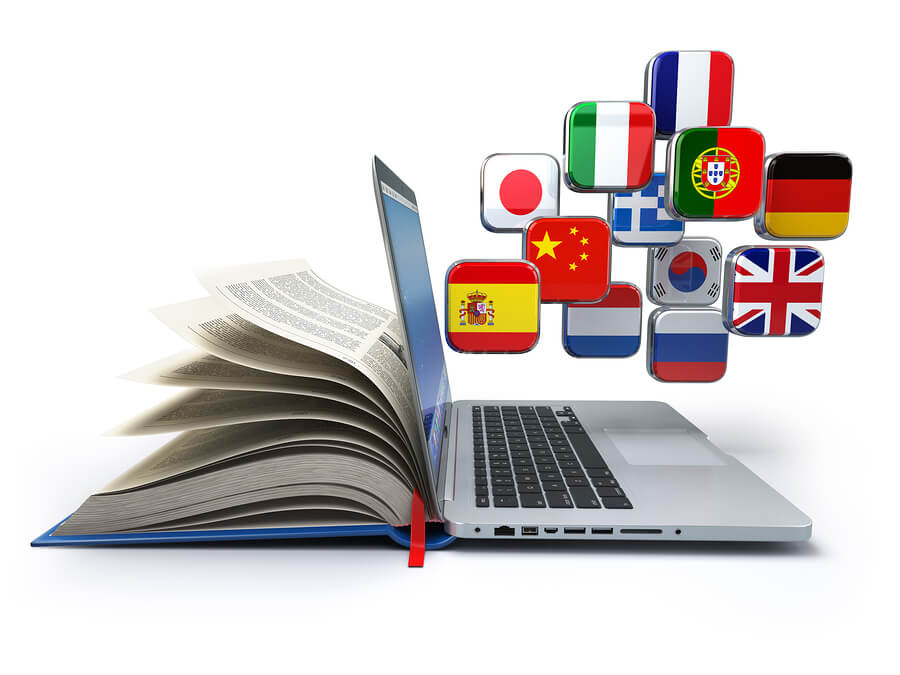What is audio localisation?
Audio localisation is the most effective way of selling a product to international customers. It is when audio multimedia is modified to suit a target audience who speaks another dialect or language.
Audio localisation content today is the preferred content by customers seeking information about services and products they may wish to purchase as they find it easy to engage with than just using text descriptions. Many businesses are using audio localisation as the best way to market their products as it reaps the best returns for the money invested in marketing materials.
Language barriers
Fixing language barriers and enabling effective communication between a business and its clients is no easy task. However, audio localization appears to break down language barriers when audio localisation includes a good translation.
Consumers prefer to hear audio content
Because the human brain learns through audio representations consumers are being swayed to buy products if they see them being marketed using engaging audio content. Businesses have been quick to catch on to this and are increasingly luring customers by investing in more and more translated and localised audio content.
Audio localisation is now the new norm
People appear to be attracted more to something that they can see and hear. This type of communication is the most effective method for engaging consumers. Therefore, businesses are shifting from using traditional marketing materials to using modern marketing materials used in social media and virtual space so audio localisation is being used in the marketplace more than ever before.
Which industries need audio localisation?
Almost all industries benefit more from using audio localisation as their collective aim is to attract as many customers as possible.
Understanding more about audio localisation
According to both marketers and professionals, audio localisation should be used concurrently with the creation of original content.
Ways used to implement a successful audio localisation strategy
Audio localisation may only be used effectively if experienced professionals are allocated the responsibility of creating it. So any organization planning on penetrating a consumer market using audio localisation will require experienced professionals to meet the needs of their localisation projects.
Understanding the way culture dominates the marketplace
Culture plays a crucial role when analysing consumer purchasing behaviour so when attempting to use localisation the marketers need to understand the nuances that culture inputs into consumer behaviour. Translations will not be accepted if cultural perspectives are not considered in the localisation process. They play a crucial role in formulating consumers’ purchasing behavior.
Audio translations need to be both precise and error-free
Translations need to be perfect, particularly audio localisation, and the consumer must not be ignored when adapting translations to match consumer preferences. Errors would stop consumers from making buying decisions until the errors have been corrected.
Representing a brand’s image
Representing a brand’s image is most important in audio localisation as an audio translation is close to the consumer, so any messages which are forwarded to the consumer make a big impact so making any mistakes would ultimately lead to adverse consequences. Therefore, it is vital that businesses are well-prepared before airing their audio translations.
Conclusion
If you are planning on penetrating the global market go for audio localisation as soon as you can because your business will reap the benefits quicker than you could ever imagine. It is considered to be the most persuasive marketing tactic that attracts buyers to purchase a product. If you don’t implement it now a competitor will be out there taking your market share. You should start to seek the best translators to perform your audio localisation.











